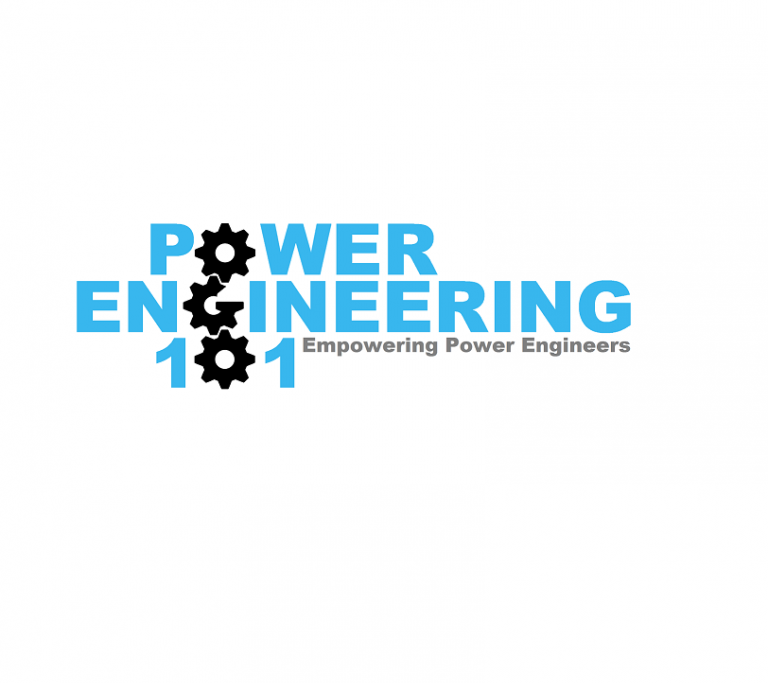3rd Class Part A1 Power Engineering Course
31
Study Guides &
Practice exams
Unlimited
Support from expert tutors
4th Class Certification
Prerequisite
40-60 Hours
Self Paced learning
Guaranteed
Exam Success
Current Status
Price
Get Started
Overview
This 3rd Class – Part A1 Power Engineering course is specifically designed to prepare you for your provincial certification exam, based on the standardized SOPEEC syllabus used across Canada. Our focused study guides and practice exams ensure that you are learning the exact content required to pass, with no unnecessary distractions.
You’ll have six months of full access to the course, with free reactivations if needed. The self-paced format allows you to study at your own speed, and unlimited 1-on-1 support from expert tutors is always available. Our structured practice exams simulate real test conditions, helping you track your progress and focus on areas that need improvement.
We guarantee exam success. Our proven approach will prepare you with the confidence and knowledge needed to excel.
Required Resources
- 3A1 Textbook
- Academic Suppliment
- Jurisdictional Safety Codes Act
- CSA Codes Extract
Learning Path
Study Guides & Practice Exams provided for each section
Covers solving equations and algebraic functions, essential for engineering calculations (basic engineering formulas and calculations).
Introduces angles, sin, cos, and tangent functions; vital in analyzing forces and angles in machinery.
Focuses on calculating areas, volumes, and dimensions, applied to various components in engineering systems.
Covers the principles of friction on surfaces and force calculations related to machinery operations.
Examines energy calculations, power formulas, and work efficiency in machines.
Analyzes stress, strain, and yield strength, focusing on safe working limits for materials.
Explores basic mechanics and efficiencies in levers, pulleys, and gears.
Discusses temperature, heat capacity, and heat transfer methods, relevant to energy flow in engineering systems.
Expands on thermodynamics, addressing changes in states, heat transfer, and gas laws.
Focuses on the properties of steam, steam tables, and efficiency in steam cycles.
Covers Boyle’s and Charles’s laws, applying them to gas compression and expansion in systems.
Reviews basic atomic structure, chemical reactions, and industrial applications like water treatment.
Examines metals’ properties and alloy applications, important for selecting materials in equipment.
Discusses corrosion types, prevention methods, and inspection practices for machinery longevity.
Focuses on interpreting engineering drawings and diagrams for industrial applications.
100 question final practice exam
Randomly generated questions each attempt
Feedback to indicate strengths and weaknesses
Unlimited attempts

Key Features
- Self Paced system allowing flexibile preparation
- Study guides to ensure you focus on the right material
- Practice Exams to test your knowledge
- Intuitive feedback to ensure structured studying
- Unlimited 1-on-1 tutoring support
- Follows the SOPEEC syllabus
- Updated regularly to ensure content is relavent
